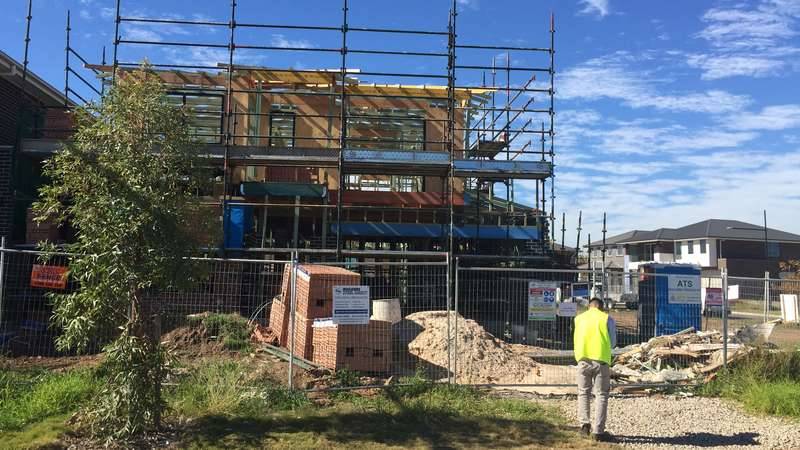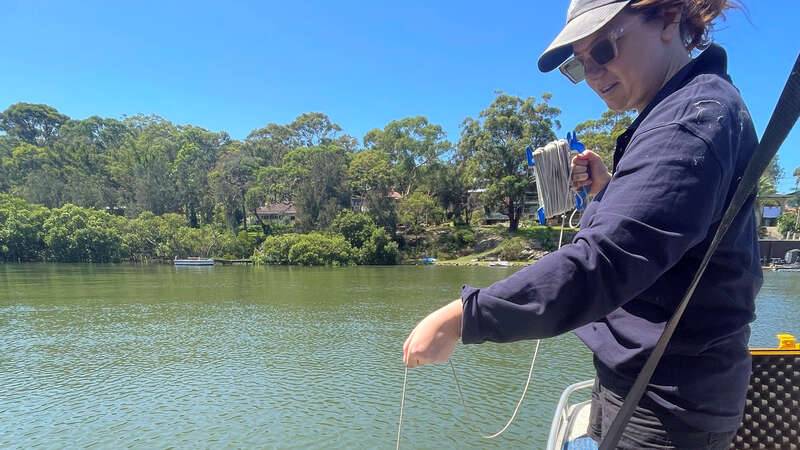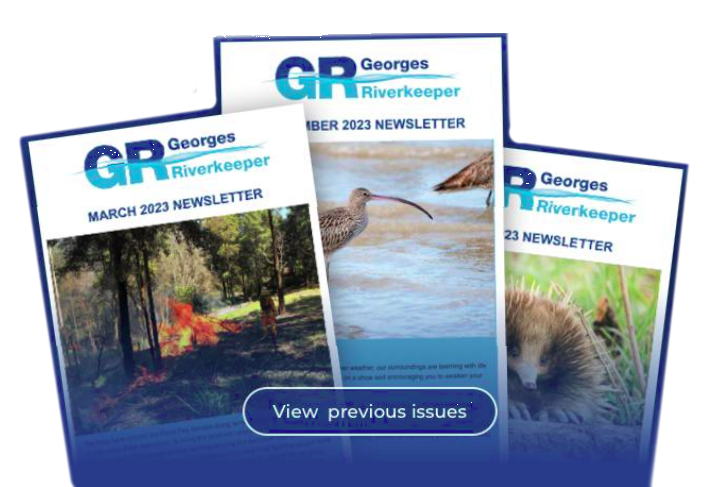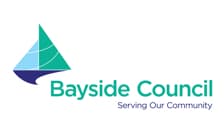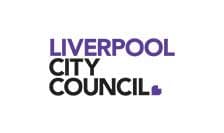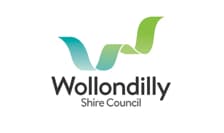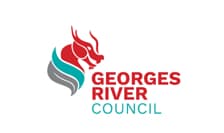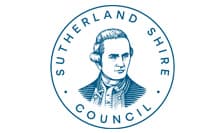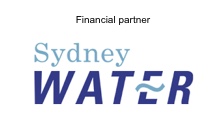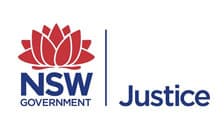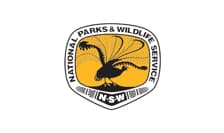Investigating the microplastic puzzle

Georges Riverkeeper conducts AUSMAP sampling along the Georges River foreshore annually to see what areas are the most contaminated with microplastics. What is AUSMAP? It's a national citizen science project called the Australian Microplastic Assessment Project which seeks to create a database of microplastic pollution along waterways.
In our most recent AUSMAP sampling expedition, we surveyed ten sites along the Georges River, from Simmos Beach in the upper catchment to Towra Point in Botany Bay. The results of our efforts were both reassuring and eye-opening.
While the findings showed a decrease in microplastic contamination compared to previous years, some locations still raised concerns. One standout discovery was the analysis of 153 microplastics in just a 0.25m² sample taken from the Chipping Norton Lakes foreshore. This finding reminds us that microplastics continue to pose a significant threat to our waterways.
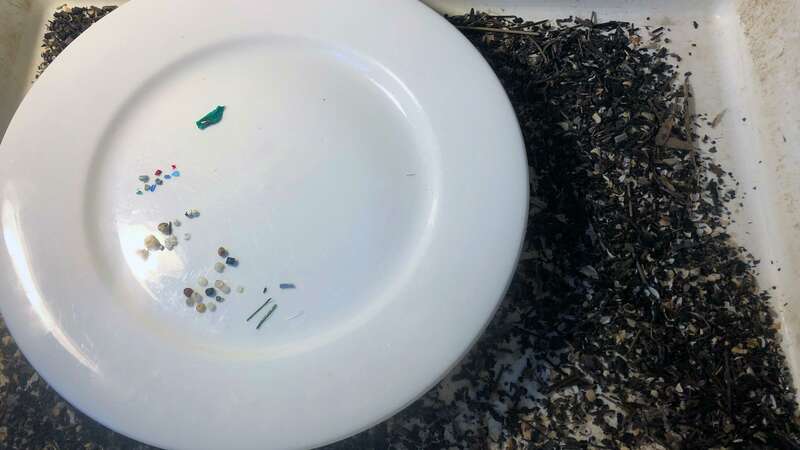
Among the microplastics identified, nurdles were one of the most prevalent. Nurdles are tiny pre-production pellets used in the creation of plastic products. These minuscule but mighty plastic particles often find their way into our rivers, lakes, and oceans, wreaking havoc on aquatic ecosystems. The results of our AUSMAP sampling were shared with the EPA, which has been working with plastic producers to enhance their containment practices for nurdles.
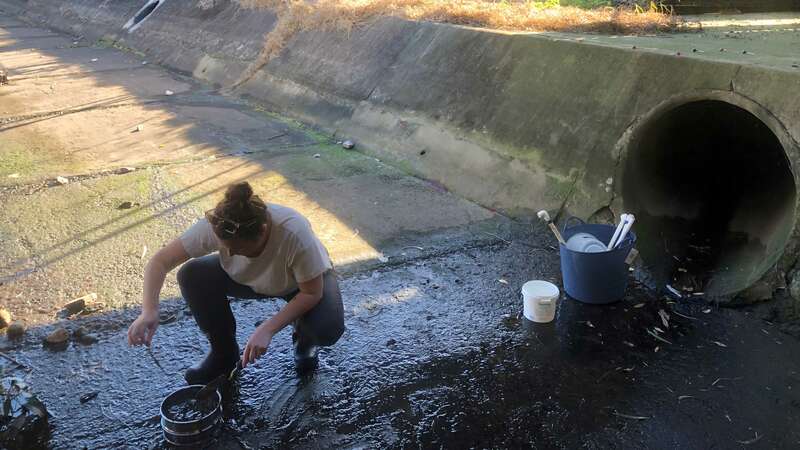
This year, in addition to the regular monitoring of foreshores, we assisted Bayside City Council with monitoring rubber crumbs escaping from synthetic playing fields. This has been a hot-button issue with the release of the NSW Chief Scientist’s report, "Synthetic Turf in Public Spaces Independent Review". Fortunately, limited spillover into the environment was found at two synthetic fields in Bayside during Georges Riverkeeper's sampling pilot. We will continue monitoring these fields into the future with a focus on wet-weather events which may cause a release of rubber crumbs into waterways.

